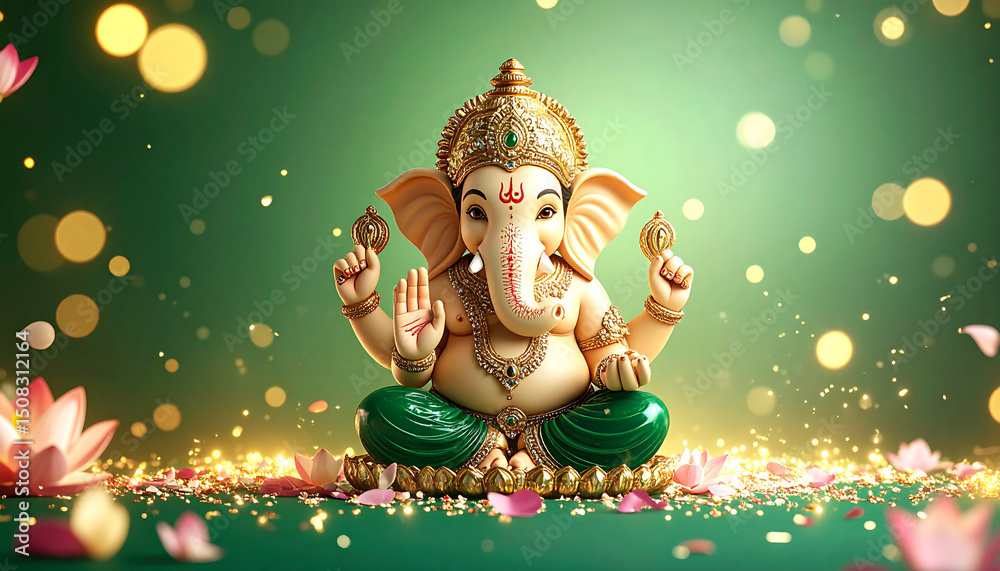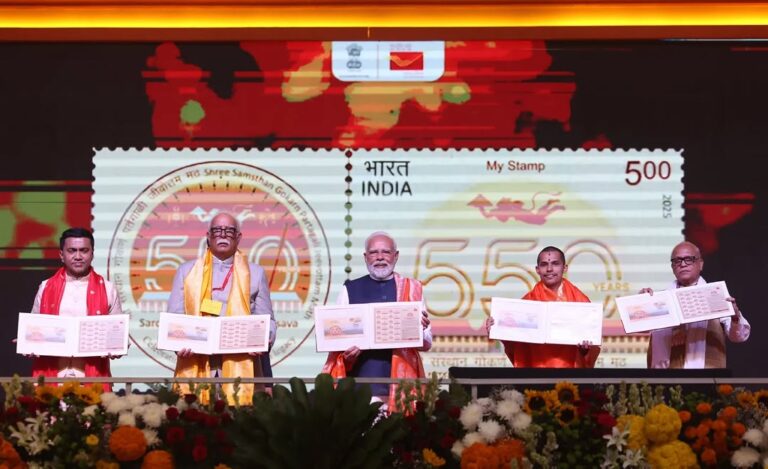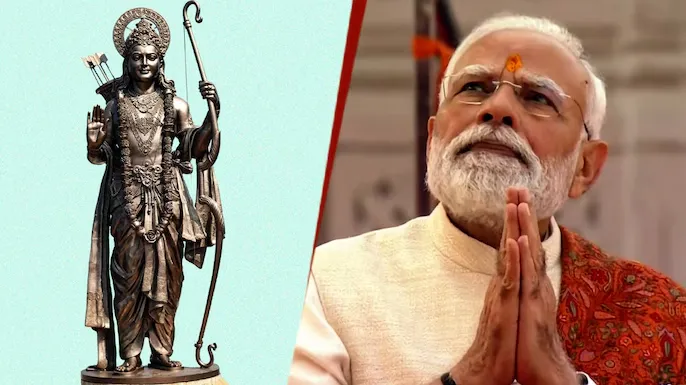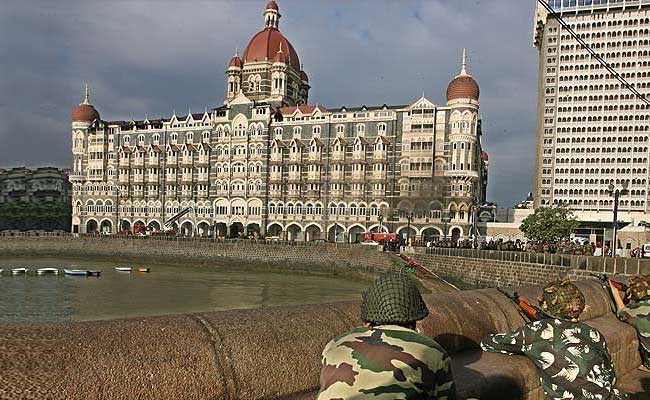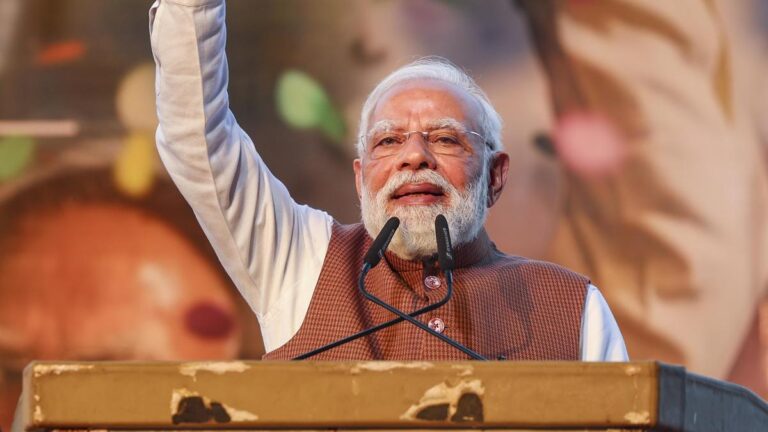
Ganesh Chaturthi 2025: Ganesh Chaturthi, also known as Vinayaka Chaturthi, is the biggest Hindu festival for the worship of Lord Ganesha, the deity who removes obstacles and represents wisdom, prosperity, and new beginnings. The Ganesh Chaturthi festival will be celebrated on Wednesday August 27 in 2025, and the festival will be celebrated for 10–12 days in a big way, culminating in the immersion (Visarjan) of Ganesha Idols into water bodies.
Even though the rituals may differ from home to home and area to area, Shodashopachara puja vidhi (16 acts of worship) is the essence of Ganesh Chaturthi. The acts of worship that are performed in a devotional manner are thought to bless the home with divinity, peace, and prosperity.
Preparation for Ganesh Sthapana
Devotees make appropriate arrangements in the worship room prior to commencing the puja. The puja location is worshipfully cleaned and festooned with mango leaves, banana leaves, and new flowers. Holy water (Ganga Jal) is sprinkled by the devotees to purify the worship atmosphere.
Next is the placing of the idol of Lord Ganesha on a cleaned, decorated, and raised platform, primarily situated in the east and north as they are considered auspicious. Most families prefer environmentally friendly clay idols, but metal idols are also used.
Worshipers also prepare all the necessary items for the rituals, like fruits, sweets, particularly modaks, flowers, incense sticks, betel leaves, and betel nuts.
Puja Timings
According to Drik Panchang, the perfect time for Ganesh Chaturthi Puja in 2025 is Madhyahna Muhurat, which corresponds to 11:05 am to 1:40 pm. However, if people find it inconvenient to perform the rituals during this time, the rituals can also be performed in Pratahkal (morning) or Sayankal (evening).
The 16 Rituals of Ganesh Chaturthi Puja
The foundation of Ganesh Chaturthi celebration is the Shodashopachara Puja, or 16 Prayers and feeding of Lord Ganesha. All are forms of reverence, gratitude, and love.
Avahana (Invocation), the first prayer, is inviting Lord Ganesha to the puja.
Asana (Giving a Seat), the second prayer, is requesting Ganesha to be given a holy chair for the altar.
Padya (Washing the feet), the third prayer, is symbolically providing him with water, generally poured from a chhandrakalash, which is often a banana tree trunk.
Arghya (Washing the hands), the fourth prayer, is to provide him with water again to wash his holy hands.
Achamana (Drinking Water), the fifth prayer, is to provide him with water to drink, out of respect.
Snana (Holy Bath), the sixth prayer, the idol is bathed with water, or milk, or panchamrit (which is milk, curd, ghee, honey, and sugar mixture).
Vastra (Offering Clothes), the seventh prayer, is to make him wear new clothes. During festivals, new clothes reflect good karma. No black or white during any of the festivals.
Yajnopavita (Sacred Thread), the eighth prayer, is to provide him with a sacred thread.
Gandha (Application of Sandalwood Paste), the ninth prayer, is to smear sandalwood paste or other fragrant substances over the idol.
Pushpa (Flower Offering), the tenth prayer, is to present beautiful flowers for the decoration of Lord Ganesha. Even a flower has an impact on the pooja.
Dhupa (Incense Offering), the eleventh prayer, involves burning incense sticks to purify the air.
Dipa (Lighting of Lamps), the twelfth prayer, is to provide light in the form of lamps or diyas to remove darkness.
Naivedya (Offering of Food), the thirteenth prayer, you offer the food items in local customs (remembering to provide modaks, as this is one of his favorite foods).
Tambula (Betel Leaves and Nuts): Offering betel leaves and nuts as a sign of hospitality.
Pradakshina (Circumambulation): Walking around the idol in respect, generally three times.
Namaskara (Final Salutation): Prostrating oneself and seeking blessings.
Key Points
If a fresh idol has been newly purchased and brought into the home, Avahana (invocation) and Pratishthapan (installation) both take place. But if a household has a pre-installed idol or metal idol that is worshipped on a daily basis, these are omitted.
For permanent idols staying at home forever, the last ritual following puja is Utthapana (ritual awakening of the god) rather than Visarjan (immersion). For temporary clay idols, Visarjan is, however, carried out on the last day of the festival, where Lord Ganesha says goodbye to his mortal residence and travels towards his heavenly kingdom.
Significance of the Rituals
Each and every one of the 16 stages of the puja is symbolic. Foot and hand washing of the idol represents welcome and humility, bath represents purification, and food offerings represent thanksgiving. The lighting of lamps and incense represents removal of ignorance and darkness. As a whole, these steps remind people of humility, service, and joy of inviting divine power into a home.
Conclusion
Ganesh Chaturthi is more than a festival – it is spirituality, faith, and spiritual revitalization. From Ganesh Sthapana on day one through to the emotional Visarjan towards the end, people come
By enacting the Shodashopachara Puja with the full 16 rituals, its followers are in fact not just paying respect to Lord Ganesha but welcoming knowledge, prosperity, and harmony into their beings.
Many families in India are planning well ahead for Ganesh Chaturthi 2025, and such celebrations will once again bring an air of divinity, joy, and blessings from the Lord.

